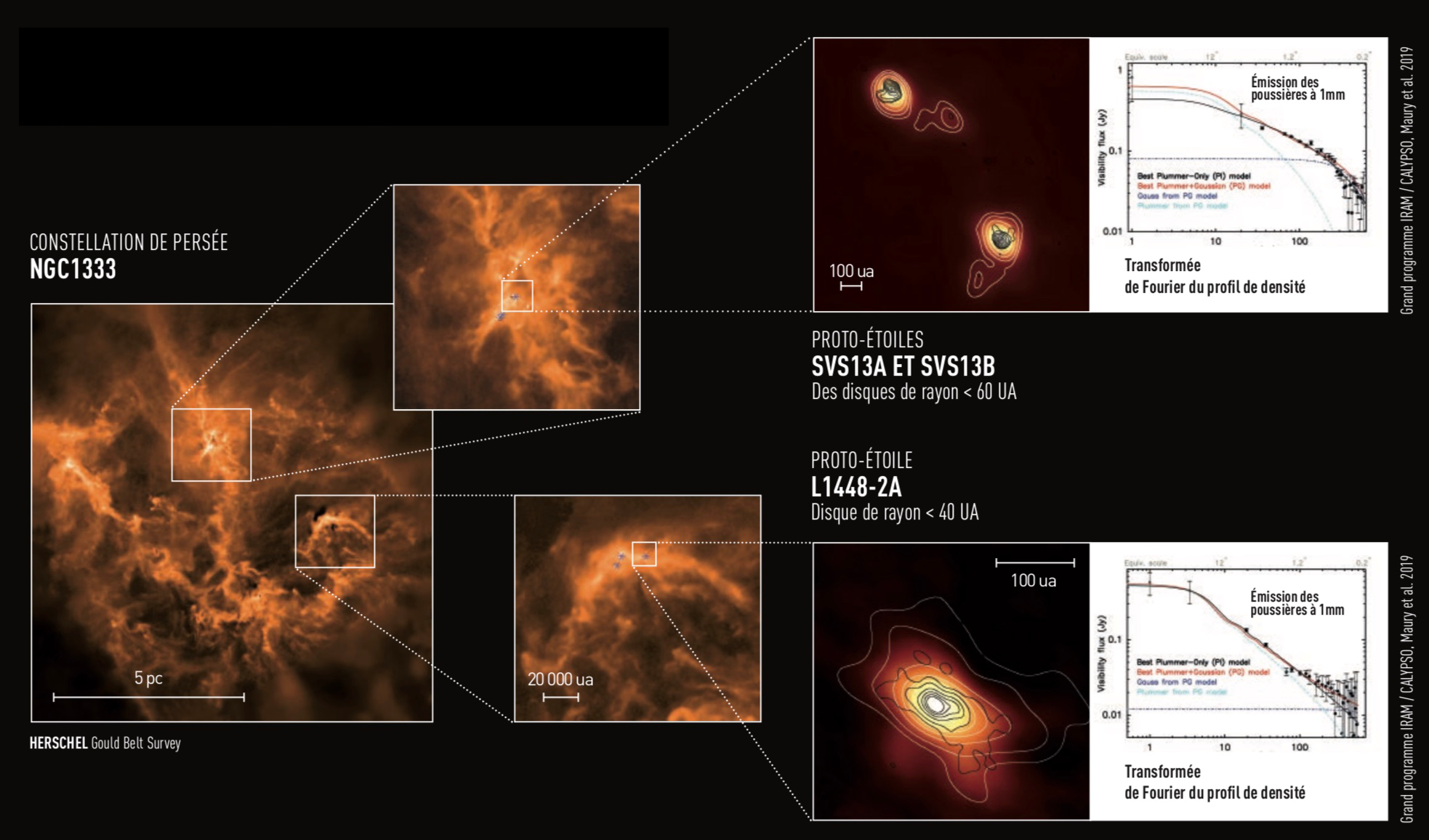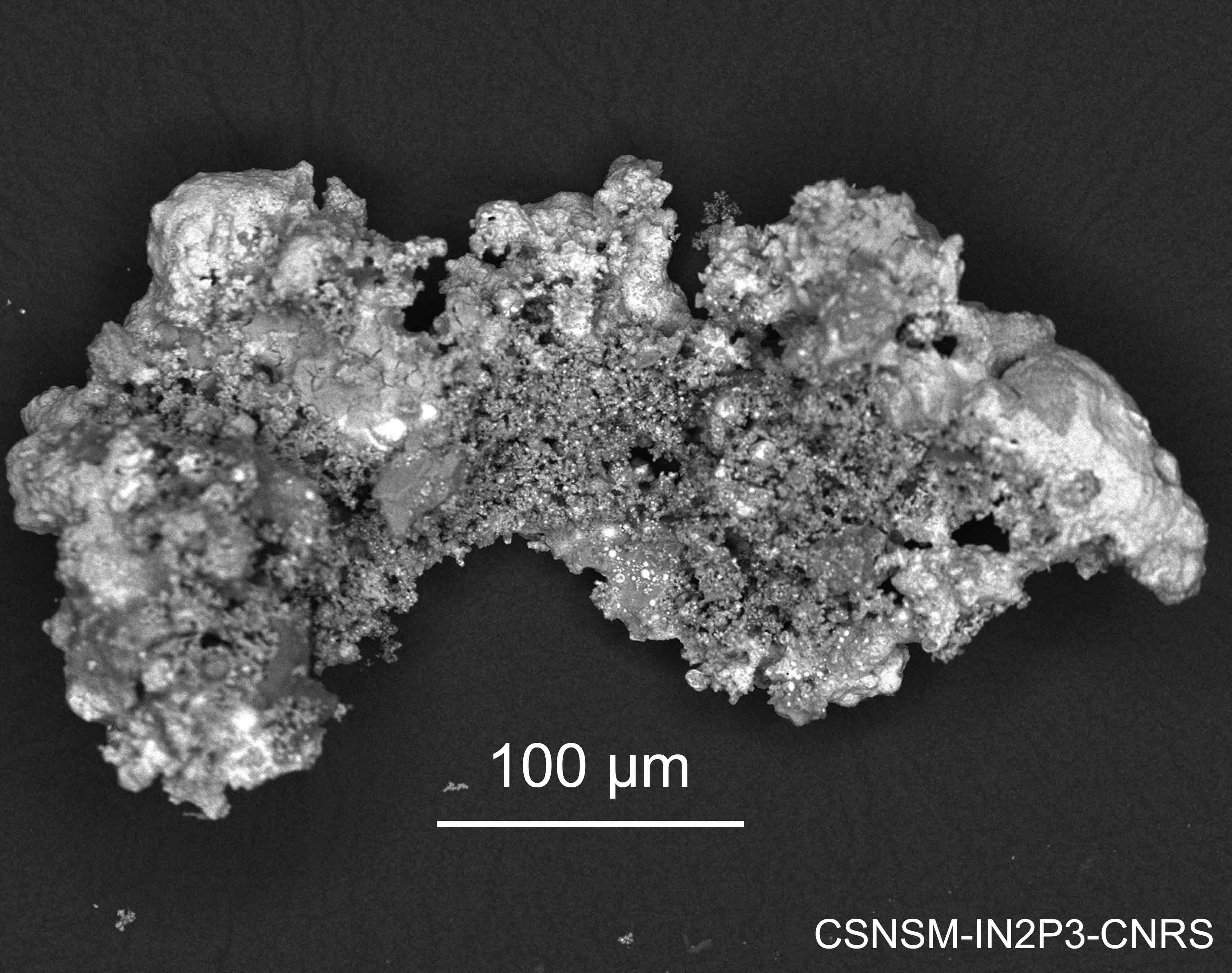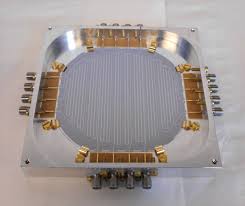Maury et al. (2019): high angular observations of the youngest protostars shows that a majority of disks where planets will be formed are born much smaller than expected ! See the CEA press release here.
Our CALYPSO Large Observing program provided us with deep and high-resolution images of the dust thermal emission in a large sample of the youngest protostars in the Galaxy. The angular resolution and sensitivity allow to probe distances less than 50 AU of the central star (1UA = the average Earth-Sun distance, about 150 million kilometers), a distance corresponding to the size of the most central part of the Solar System, similar to the distance from Pluto to the Sun. We analyzed the spatial distribution of the dust emission to look for disk structures. We reached the surprising conclusion that, while disk formation is concomitant with the formation phase of the protostar, it occurs predominantly (>75%) at much smaller scales than those predicted by hydrodynamic models of the collapse of protostellar cores, and that the effect of magnetic fields could be a key element in explaining these smaller disks.







